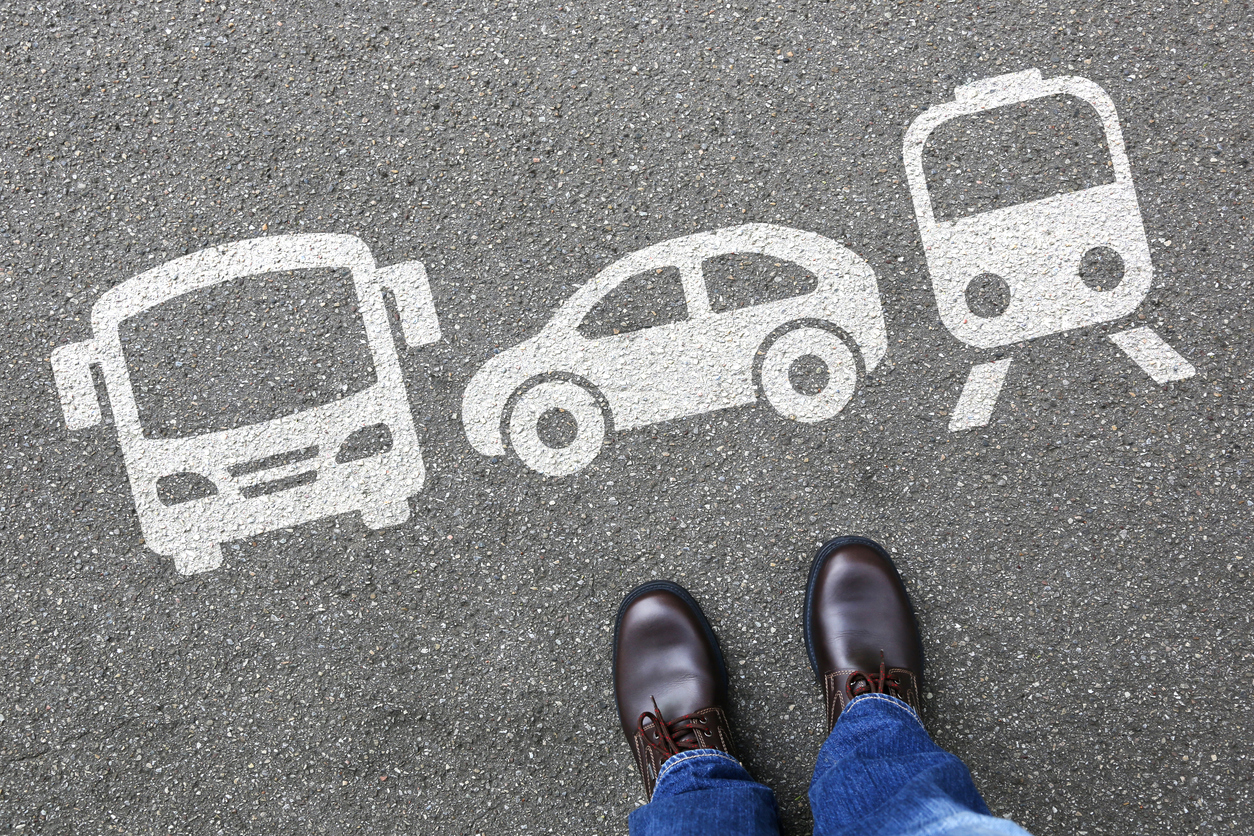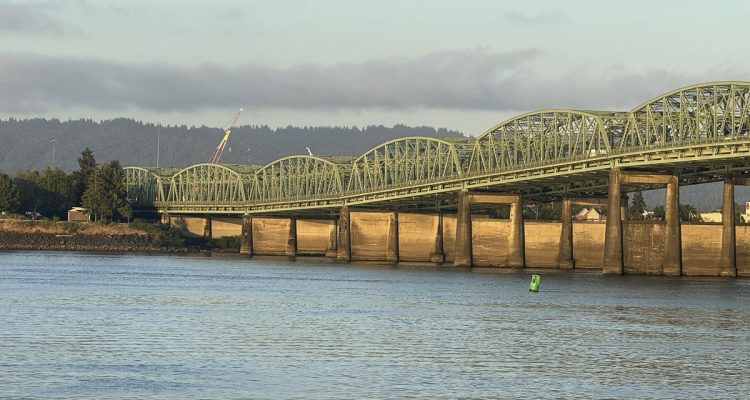*Update below - 08/05/16
Sound Transit officials frequently claim that light rail can carry 16,000 people per hour, while general purpose lanes can carry 2,000 per hour. Their implication is that the most efficient lane does not have the capacity that light rail would bring.
The problem is that Sound Transit officials are comparing 16,000 humans to 2,000 vehicles. Their claim falls apart when we look at actual data.
Light rail is, by definition, light capacity transit. The theoretical 16,000 people per hour requires a “target max load” of 200 people per car on four-car light rail trains at three-minute headways for a full hour, a concept unheard of in the United States.
While these capacity numbers sound exciting in theory, they mean nothing in practice.
Imagine if someone driving in an HOV lane alone argued with a law enforcement officer that he should be allowed in the lane because his vehicle’s theoretical capacity was five people. He would be ticketed on the spot.
In reality, between 2012-2014, “I-5 carried nearly 20 times as many people per day as Central Link light rail between Downtown Seattle and the City of SeaTac. The I-5 HOV lanes carry three times as many people per day as the light rail trains of Central Link” (James W. MacIsaac Research Committee, July 2015).
Sound Transit officials also claim that they will carry 561,000 to 695,000 unlinked daily trips by 2040 if ST3 passes. Let’s assume Sound Transit carries its highest projection of 695,000 daily trips with their estimate that most (91%) will be trips taken by existing transit riders. This means that only 62,550 will be trips taken by new transit riders.
But trips are not the same thing as riders.
Riders can take several trips in one day, so we have to adjust that number by the American Public Transportation Association’s conversion factor of 45%, which translates unlinked trips into individual daily riders. This results in 28,147 new transit riders should Sound Transit’s Board get the tax increases they desire.
This means that under ST3, each new transit rider will cost over $1 million dollars.
It also means that 97% of the one million new residents expected in 2040 will likely not be using Sound Transit’s costly services, meaning Sound Transit officials do not meet the demand for mobility they themselves anticipate.
If Sound Transit officials want to keep hypothesizing what they can do in theory - using the median price of a single-family home in King County, they could buy every new passenger a home and still have plenty left over ($38.2 billion) for:
- 8,000 new hybrid articulated buses
- Paying back taxpayers for the SR 520 bridge replacement
- Eliminating tolls and providing tax relief on the Viaduct replacement project
- Expanding I-90 through Snoqualmie Pass
Yet even after all this spending, they would still have enough left to buy those same homes for the 4,505 homeless people in Seattle, ending homelessness in the city with $21.8 billion still left in their bank accounts.
These are the volumes of dollars we are dealing with.
For Sound Transit boosters to say this is a cost we absolutely must bear is extreme and irresponsible in light of the more affordable, flexible and timely alternatives that already exist.
People who depend on transit deserve better than light rail in 2040.
In fact, all people in Washington deserve better, since we will be stuck in traffic congestion whether light rail is built or not.
Update 08/05/16:
There is another way we can look at Sound Transit's claim that 91% of trips will be taken by existing transit users. Let's look at Sound Transit's ridership calculations and apply 9% (new trips) to the agency's estimate of 1.1 to 1.3 million unlinked daily trips by 2040 on all regional transit. The result is 119,880 new trips on account of ST3, or 53,946 new riders. This means that Sound Transit could, theoretically, still purchase homes and cover the above road infrastructure improvements, but with $7.3 billion left in their bank accounts.
This also means that even at 53,946 new riders in a taxing district that Sound Transit officials expect to reach 3.7 million by 2040, ST3 will still cost over $1 million dollars per new rider and 95% of new residents will likely not be using Sound Transit's services.





